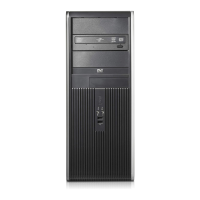
Do you have a question about the HP dc7800 - Convertible Minitower PC and is the answer not in the manual?
| Chipset | Intel Q35 Express |
|---|---|
| Memory | Up to 8 GB DDR2 SDRAM |
| Audio | Integrated High Definition Audio |
| Form Factor | Convertible Minitower |
| Processor | Intel Core 2 Duo, Intel Pentium Dual-Core |
| Graphics | Intel GMA 3100 integrated graphics |
| Optical Drive | DVD-ROM, DVD+/-RW |
| Networking | Integrated Intel Gigabit Network Connection |
| Ports | USB 2.0, VGA, serial, parallel, audio in/out |
| Operating System | Windows Vista, Windows XP |
| Power Supply | 365W |
| Expansion Slots | 1 PCI Express x16, 1 PCI Express x1 |
| Storage | SATA Hard Drive or Solid State Drive |
| Dimensions | 17.6 x 6.9 x 16.7 inches |
| Weight | Approximately 24 lbs |
Explains the three phases of AMT setup: Factory, In-Setup, Operational.
Details Small Business Mode setup using the Intel Management Engine BIOS Extension.
Specifies criteria for creating strong passwords for MEBx access.
Controls the enabling or disabling of the Management Engine (ME).
Governs the allowance of local ME firmware updates.
Sets the platform management mode: None, Intel AMT, or ASF.
Configures the ME power policy during system sleep states.
Defines the ME power state during host sleep (Sx) states.
Accesses the main menu for configuring Intel AMT settings.
Assigns a host name to the system for remote management identification.
Configures network interface, DHCP, IP, subnet, and DNS for AMT.
Selects the provisioning model for AMT setup.
Configures Serial Over LAN and IDE Redirection for remote access.
Enables or disables the ability to remotely update ME firmware.
Sets the inactivity timeout value for the Wake-On-ME feature.
Provides a step-by-step guide to connect to AMT using its WebGUI.
Displays the Intel AMT WebGUI interface and system status information.
Lists vendors that offer Setup and Configuration Server solutions.
Outlines the specific steps for AMT setup in an Enterprise environment.
Details navigation within the Intel AMT Configuration menu options.
Configures TCP/IP settings for AMT in an Enterprise setup.
Selects the provisioning model suitable for Enterprise environments.
Configures the IP address and port for the Setup and Configuration Server.
Configures Provisioning ID (PID) and Passphrase (PPS) for TLS PSK.
Configures Serial Over LAN and IDE Redirection features for Enterprise.
Manages the ability to perform remote firmware updates for ME.
Describes how the SCS logs into and provisions the AMT system.
Details AMT setup and configuration managed by the IT department.
Explains AMT setup performed during OEM manufacturing.
Compares Bare-Metal and Delayed methods for remote configuration.
Lists the essential prerequisites for implementing Remote Configuration.
Discusses MEBx features for managing certificate hashes for RCFG.
Displays the Intel AMT Unprovisioning screen and its configuration options.
Addresses common questions related to AMT setup and configuration.
Provides a visual diagram illustrating the relationship between ME and AMT.




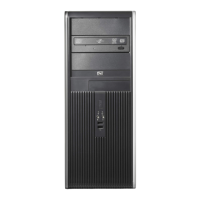
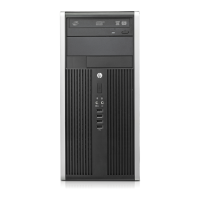
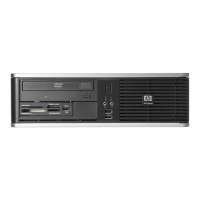
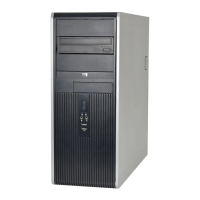
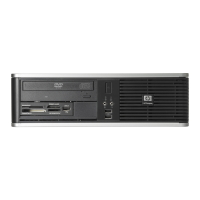
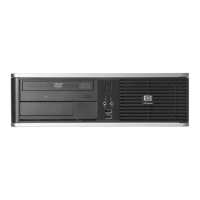
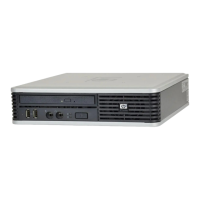

